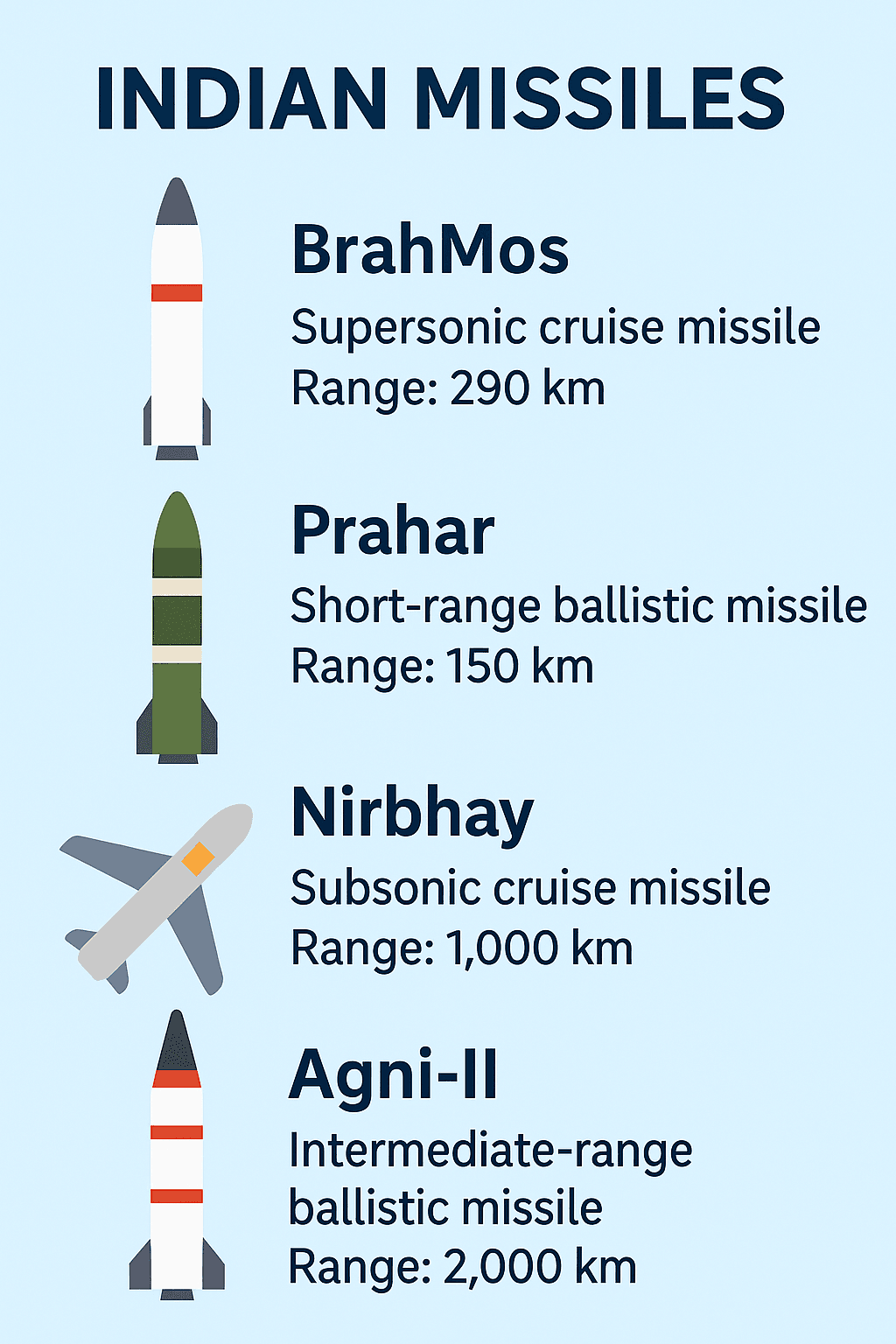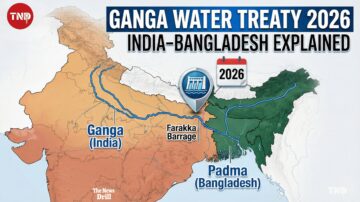
New Delhi, July 8, 2025 – The cost of staying connected in the world’s second-largest telecom market is set to go up a ain. According to industry insiders cited by the Economic Times, mobile tariffs in India are expected to witness a 10–12% increase by the end of 2025. With telecom operators under pressure to maintain financial viability and continue investing in 5G infrastructure, the era of dirt-cheap mobile data may slowly be fading.
- Why Mobile Tariffs in India Are Likely to Rise
- Current Tariff Scenario in India
- 5G Investment Fueling Tariff Revision
- ARPU Pressure Continues
- How Much Will Consumers Pay Post Hike?
- What Are the Operators Saying?
- Impact on Vodafone Idea and Subscribers
- Impact on Digital India and Connectivity
- TRAI’s Take on Tariff Hike
- Public Reaction and Market Sentiment
- Timeline for Expected Hike
- Conclusion: India’s Mobile Revolution Faces a Price Adjustment
Why Mobile Tariffs in India Are Likely to Rise
The key drivers behind the anticipated hike in mobile tariffs in India include:
- High capital expenditure on 5G rollout
- Low average revenue per user (ARPU)
- Growing spectrum liabilities
- Need for sustainable profitability
All three major private telecom players Reliance Jio, Bharti Airtel, and Vodafone Idea are planning to adjust their pricing strategies to improve margins and support next gen technology rollouts.
Current Tariff Scenario in India
India is known for offering the cheapest mobile data rates globally, with users paying as little as ₹10–₹15 per GB. Even post the last round of tariff hikes in 2021 and 2022, mobile tariffs in India remain significantly lower than global averages. For comparison:
- India: ₹14 per GB (approx.)
- USA: ₹600 per GB (approx.)
- UK: ₹300 per GB (approx.)
However, these ultra low prices are unsustainable for telecom operators now bearing the cost of maintaining vast 4G networks and expanding 5G coverage. As a result, a 10–12% tariff hike is seen as a necessary correction.
5G Investment Fueling Tariff Revision
The rollout of 5G services has become a game changer for telecom providers. Both Jio and Airtel have committed billions of dollars in building 5G infrastructure across urban and semi-urban regions. While users enjoy improved speeds and lower latency, the backend infrastructure comes with heavy capital costs.
According to market experts, telecom companies are expected to recover these investments through strategic pricing adjustments. This would directly impact mobile tariffs in India, especially in postpaid and unlimited data categories.
ARPU Pressure Continues
India’s Average Revenue Per User (ARPU) a critical profitability metric still lags behind global norms. As per Q1 2025 data:
- Jio ARPU: ₹182
- Airtel ARPU: ₹196
- Vodafone Idea ARPU: ₹146
Analysts argue that sustainable telecom business models require ARPU of at least ₹250–₹300, which can only be achieved through gradual tariff hikes and improved service offerings.
How Much Will Consumers Pay Post Hike?
The projected 10–12% increase in mobile tariffs in India translates to:
- A ₹249 prepaid plan could become ₹275–₹280
- A ₹499 postpaid plan could rise to ₹550–₹560
Unlimited data plans may see limited usage caps or higher pricing tiers.
Experts believe the hike will be phased, starting with entry level prepaid plans, followed by postpaid and bundled plans. However, some operators may continue to offer affordable packs in rural circles to retain market share.
What Are the Operators Saying?
Though no official statement has been made on new pricing, top telecom executives have consistently voiced the need for tariff rationalization.
Sunil Bharti Mittal, Chairman of Bharti Airtel, said earlier this year:
“The industry needs to move to a tariff regime that supports long term investments and technological advancements. At current prices, sustaining high quality networks is challenging.”
Similarly, Reliance Jio has hinted at exploring “value driven” pricing models while ensuring access for the masses.
Impact on Vodafone Idea and Subscribers
The cash strapped Vodafone Idea (Vi) may feel compelled to raise prices sooner than others. With ongoing subscriber losses and rising dues to the government, Vi may initiate tariff revisions aggressively to stabilize operations.
This could push some of its low income subscribers to either migrate to Jio or Airtel or limit data consumption, affecting digital inclusion.
Impact on Digital India and Connectivity
The increase in mobile tariffs in India could slow down internet penetration, especially among rural and low income groups. However, industry experts argue that:
- The increase is moderate and long overdue
- Indian users still pay significantly less than global consumers
- Enhanced services (like 5G, better voice quality, and reliability) will justify the hike
Digital India goals will remain achievable if telecom firms continue to offer special schemes for students, farmers, and rural households.
TRAI’s Take on Tariff Hike
So far, the Telecom Regulatory Authority of India (TRAI) has adopted a non-interventionist approach on pricing. It allows operators to determine tariffs, provided they are non-discriminatory and transparent.
That said, consumer advocacy groups have urged TRAI to ensure affordability, especially in essential connectivity plans. TRAI has also hinted at studying the impact of tariff changes on rural populations.
Public Reaction and Market Sentiment
The buzz around the price hike has generated mixed reactions:
- Urban users seem prepared to pay slightly more for enhanced services
- Rural users and low-income groups express concern about affordability
- Investors view the tariff hike as a positive move for telecom stocks
With smartphone usage becoming a necessity, most consumers are expected to accept the hike as long as quality of service improves.
Timeline for Expected Hike
The 10–12% rise in mobile tariffs in India is anticipated to occur in phases between August and December 2025. Telecom companies may roll out new plans during the festive season when subscriber churn is minimal and consumer sentiment is strong.
Airtel and Jio are likely to lead the hike, with Vodafone Idea following closely to avoid being priced out of the market.
Conclusion: India’s Mobile Revolution Faces a Price Adjustment
The proposed hike in mobile tariffs in India marks a turning point in the country’s telecom journey. After over a decade of price wars and low ARPU, the sector is maturing into a more sustainable phase. For consumers, the price bump is small but significant, likely to be offset by better network quality and services.
As India aims to become a global digital powerhouse, rationalizing mobile pricing is an inevitable and necessary step forward.
Stay Connected with The News Drill for more updates.
Got a tip or telecom story? Email us at: editor@thenewsdrill.com
For media queries or interviews: contact@thenewsdrill.com
















